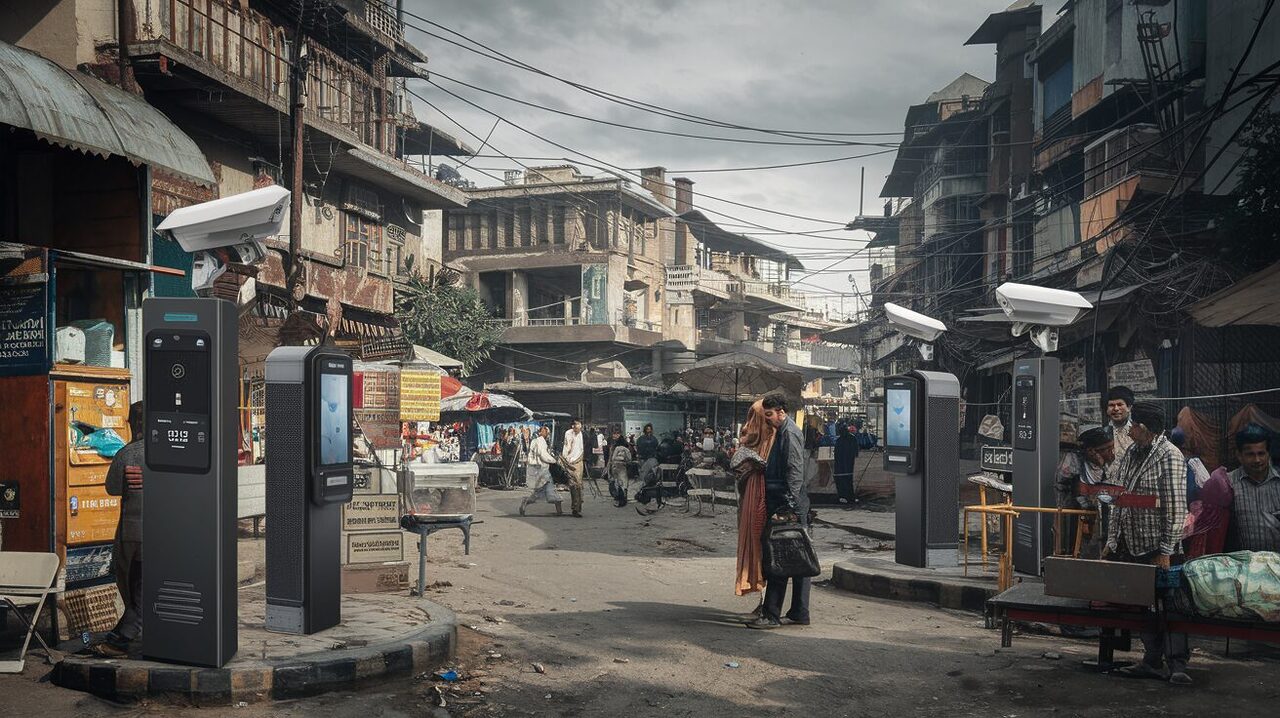In recent times, India has witnessed an increase in connectivity through numerous terminals, raising significant concerns among stakeholders. These connected terminals have been criticized for their potential disruptions to regulatory frameworks and operational standards. The complexities arising from the integration of these facilities into India’s logistics landscape present challenges that demand a comprehensive examination and strategic response to ensure that they do not compromise the country’s economic integrity and security.
The emergence of connected terminals in India presents a multifaceted issue characterized by regulatory challenges, security threats, and potential impacts on infrastructure. As these connected systems proliferate across various sectors, from logistics to transportation, a critical evaluation of their implications has become essential. This article delves into the concerns surrounding these terminals, examining their operational risks, regulatory frameworks, and the resulting socio-economic effects.
Operational Risks of Connected Terminals
Connected terminals are highly reliant on technology for their operations, which poses specific operational risks. An increased dependence on digital systems can lead to vulnerabilities disrupting the terminal’s functionality. For instance, in an event of a cyberattack, the operations might halt, causing delays and financial losses. Additionally, the reliance on internet connectivity means that any disruption in service can impede the flow of goods, causing further operational inefficiencies.
Regulatory Frameworks and Challenges
India has been slow to establish comprehensive regulatory frameworks for connected terminals. The existing regulations often lag behind technological advancements, creating a gap that can be exploited. Without stringent regulations, operators may not adhere to safety and security protocols, increasing the risk of accidents and operational failures. This absence of robust guidelines raises concerns over the management and oversight of these terminals, potentially affecting cargo safety and public welfare.
Security Threats Posed by Connected Terminals
The security of connected terminals is a growing concern for both operators and authorities. The potential for unauthorized access to systems that control logistics and freight movement raises the risk of malicious activities, including theft and sabotage. Vulnerable terminals can become targets for criminals aiming to exploit security weaknesses. The implications of compromised security extend beyond financial losses; they can also erode trust in the supply chain and logistics sectors.
Socio-Economic Impact and Public Perception
The socio-economic ramifications of unwelcome connected terminals are significant. Disruptions in terminal operations can affect supply chains, leading to delayed deliveries and increased costs for consumers. Public perception of connected terminals can also be negatively influenced by incidents of security breaches or operational failures. This can prompt a reluctance to fully embrace digital transformations within the sector, ultimately hindering economic growth and technological advancement.
Technological Advancements and Future Considerations
As technology continues to evolve, so do the challenges associated with connected terminals. Emphasizing the importance of innovation in both technology and regulations is crucial for addressing current concerns and preventing future risks. Investing in advanced security measures and developing adaptive regulatory frameworks can help mitigate the risks associated with these terminals. Ensuring stakeholder collaboration will be vital in paving the way for secure and efficient connected terminal operations in India.
- Improper Utilization: Many terminals are underused, leading to inefficiencies.
- Security Weaknesses: Vulnerable to cyber threats and unauthorized access.
- Environmental Impact: Increased pollution and disruption to local ecosystems.
- Regulatory Challenges: Compliance with local laws remains a significant issue.
- Investment Barriers: Lack of funding hampers development and upgrades.
- Competition Issues: Rising competition affects terminal operations and profitability.
- Technological Integration: Difficulty in adopting new tech and digital solutions.
- Infrastructure Gaps: Poor connectivity and insufficient facilities for handling cargo.
The issue of unwelcomed connected terminals in India is becoming increasingly critical as they pose significant challenges to the country’s infrastructure and operational efficiency in ports and terminal management. These terminals, often marked by underutilization and mismatched capabilities, hinder the overall growth and development of the maritime sector. Efforts must focus on optimizing their use through policy reforms, investment in technology, and infrastructure enhancements to address this growing concern effectively.

Hello! I’m Elisa, a 45-year-old travel companion with a passion for exploring new places and cultures. With years of travel experience under my belt, I thrive on creating memorable journeys for my clients. Let’s embark on an adventure together!





